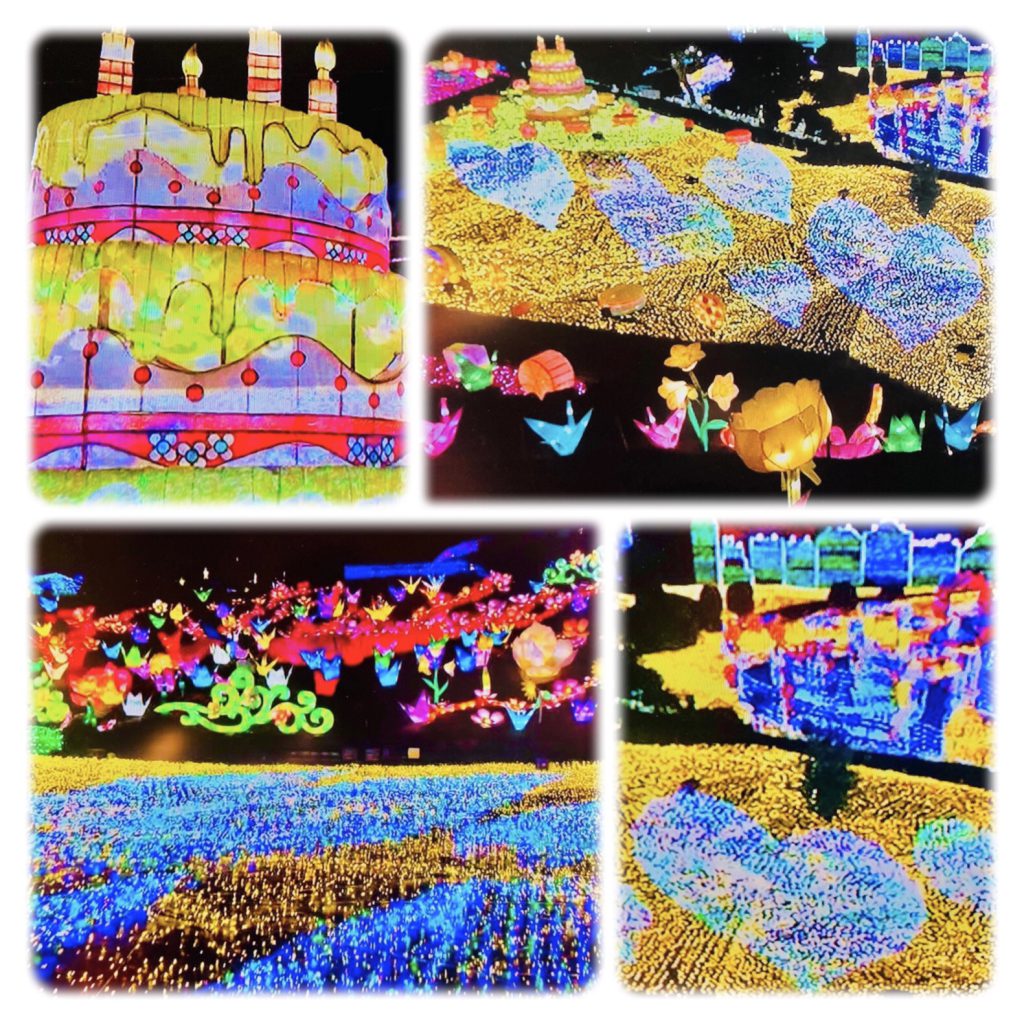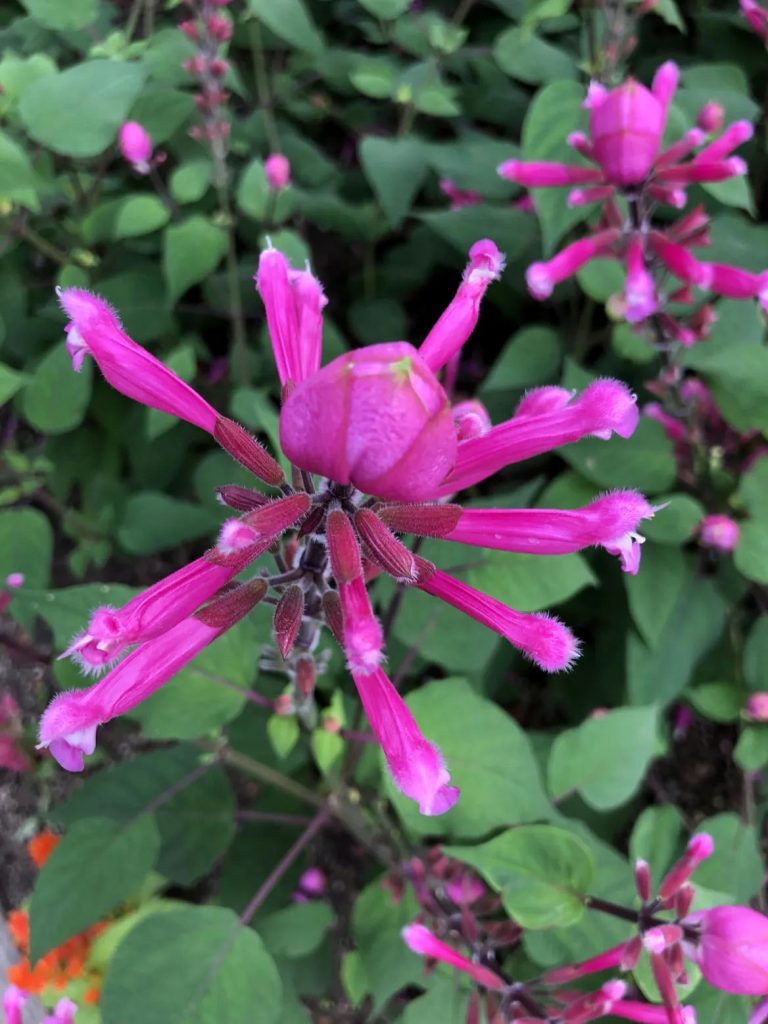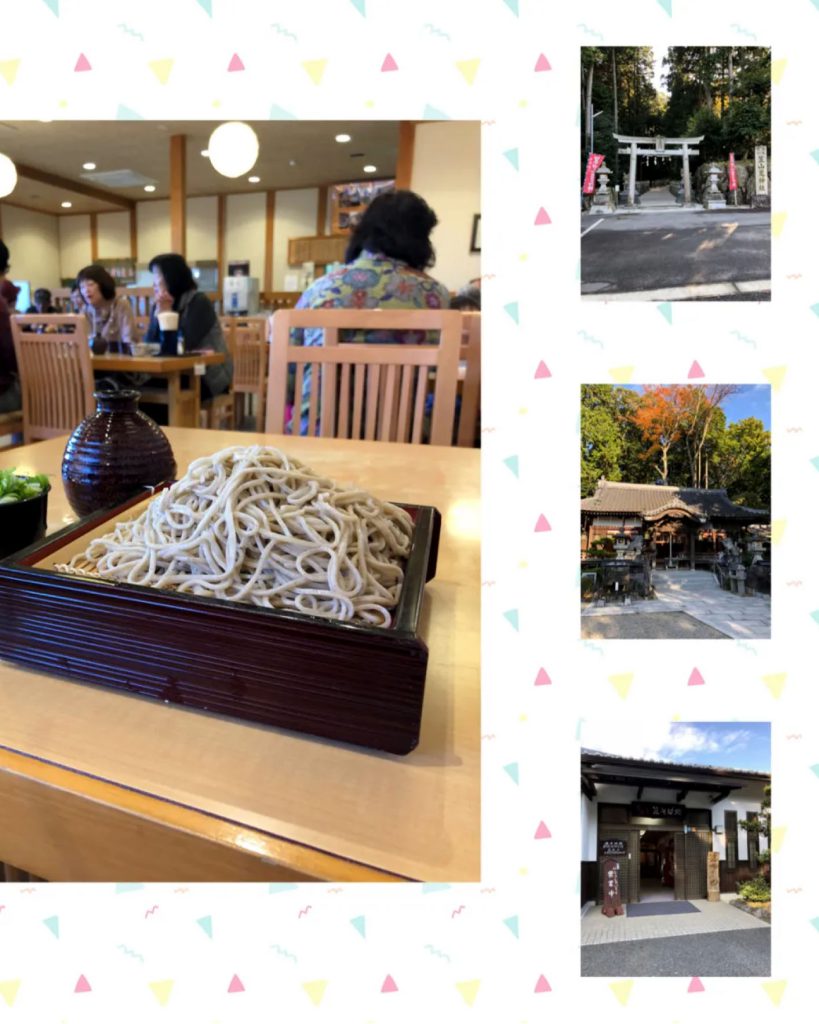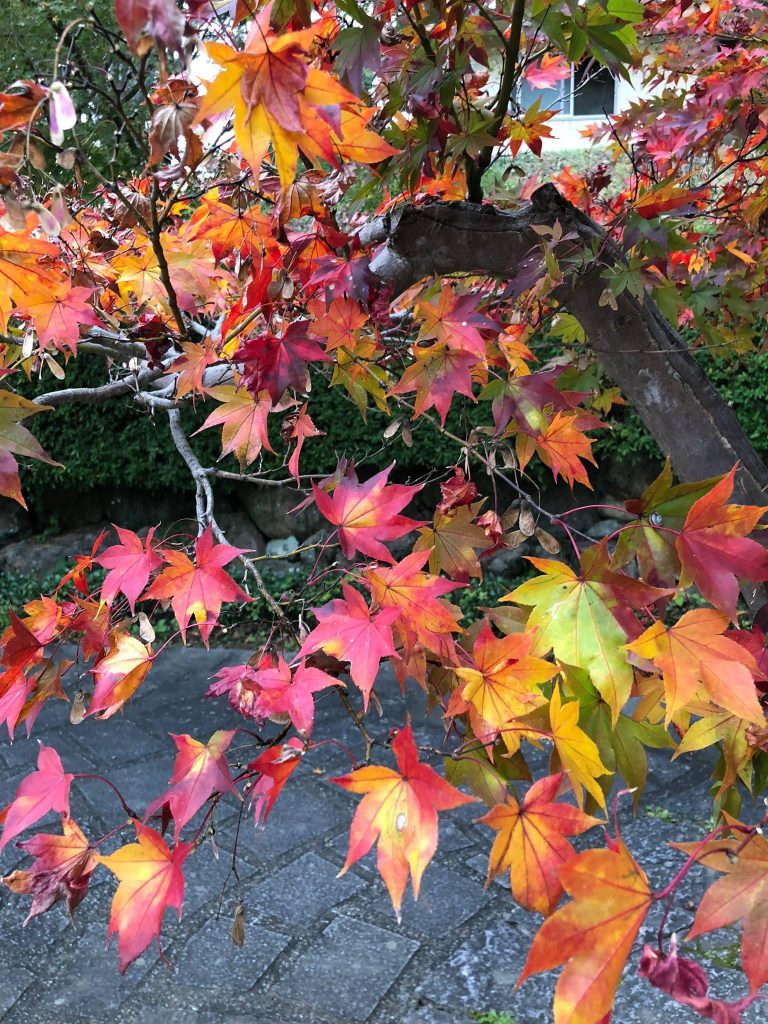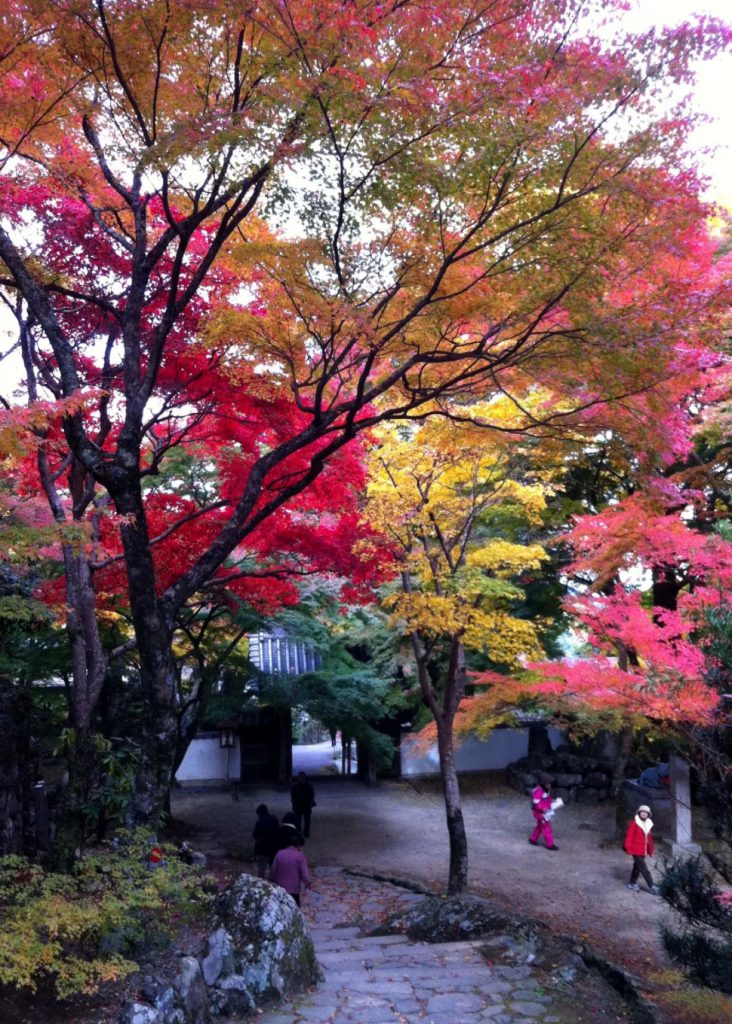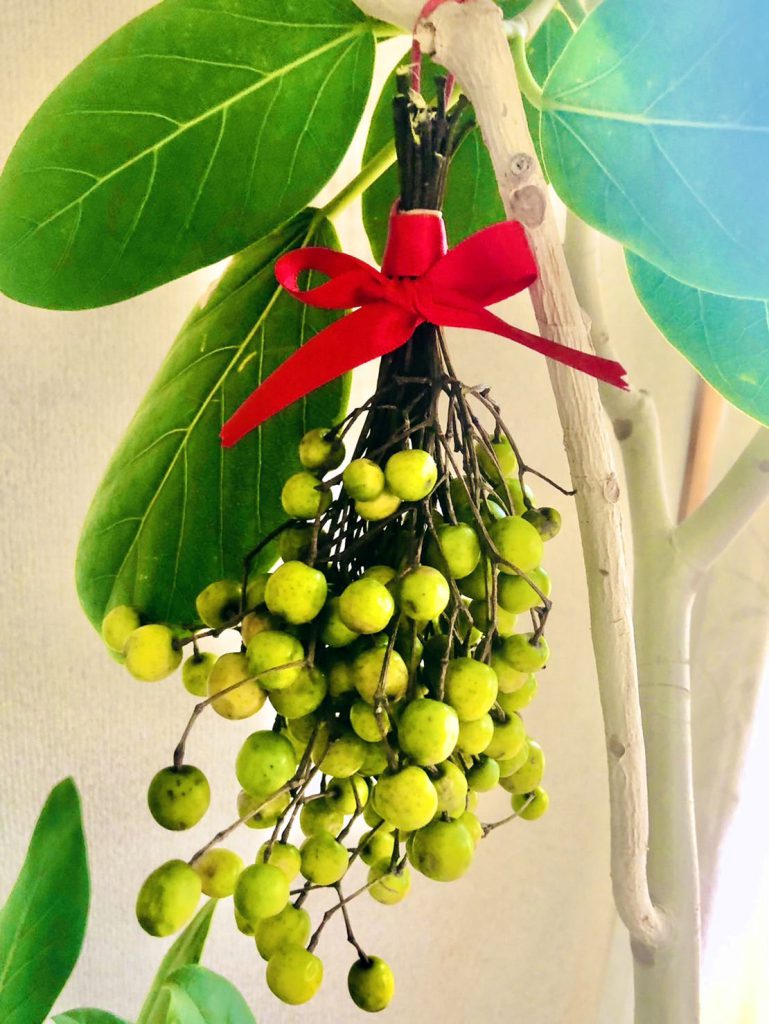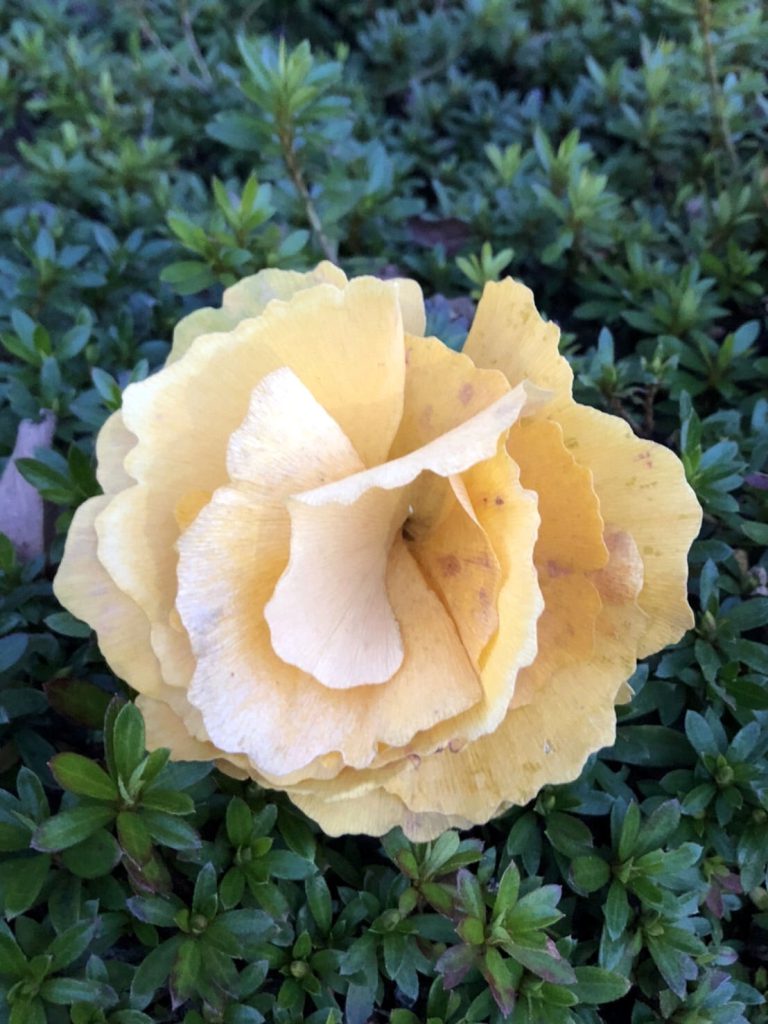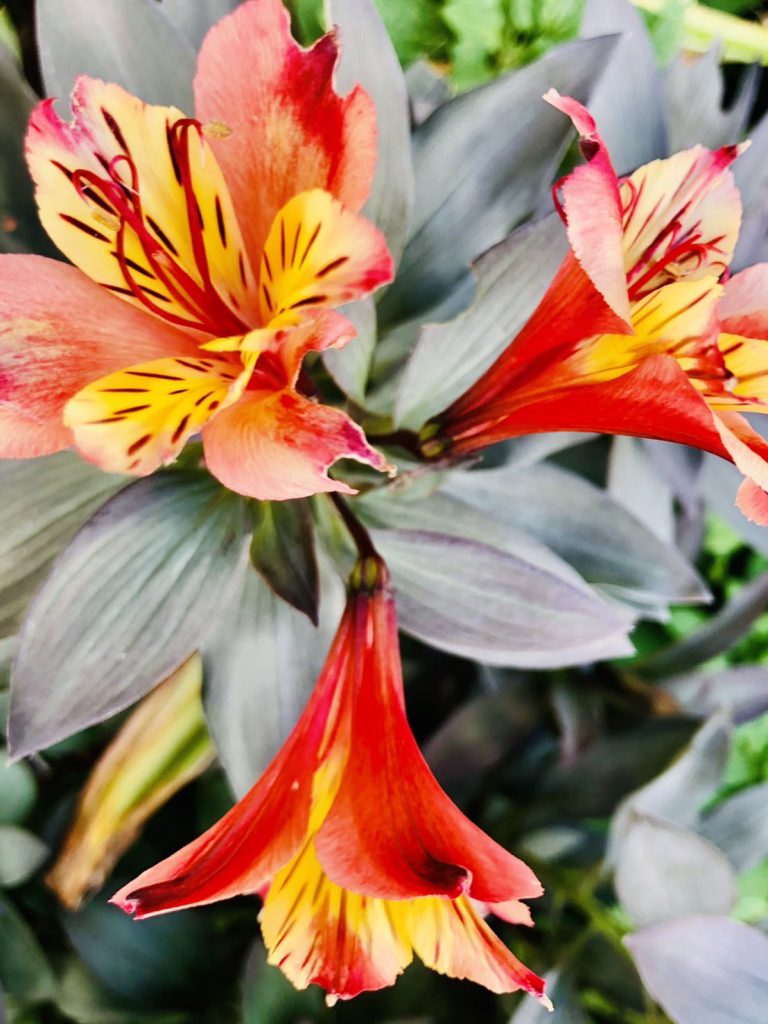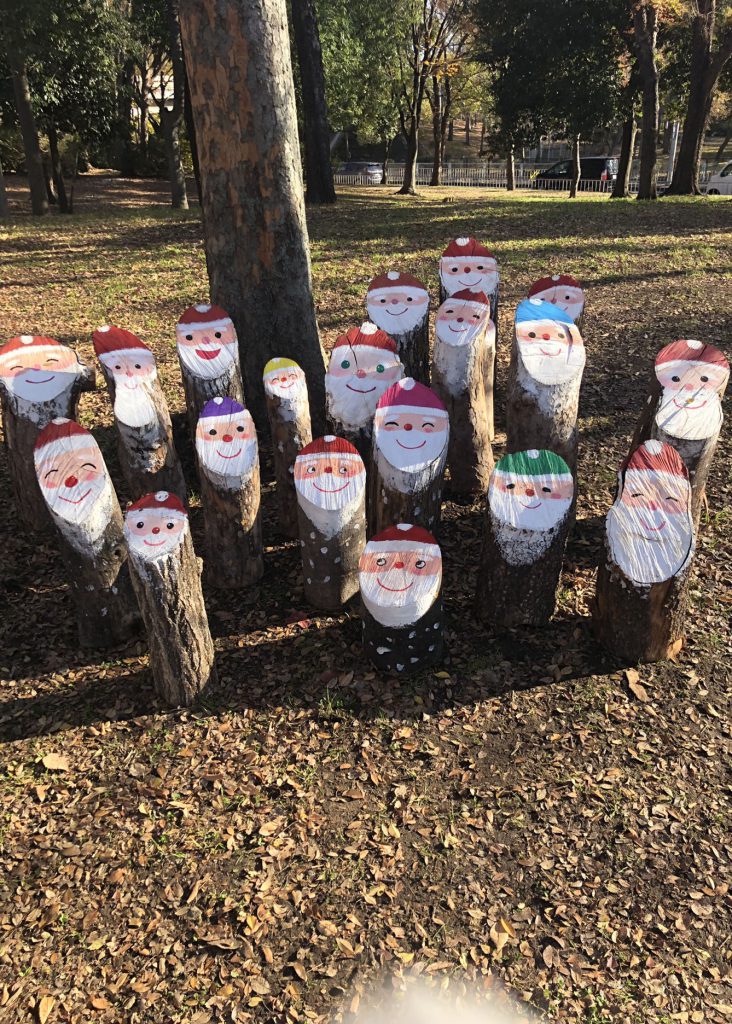
The nearby park is full of Santa logs. In the first place, the origin of Santa Claus is, “At one point, Bishop Nikolaus of Asia Minor during the Byzantine Empire learned of the existence of a family who had to sell his three daughters because of poverty. He visited the house and threw gold coins through the window. At this time, the fireplace had socks hanging down, and the gold coins went into the socks. The gold coins prevented the family from selling their daughter” (Wikipedia). This anecdote also gave birth to the tradition of Santa Claus today: “Santa Claus enters the house from the chimney in the middle of the night and puts gifts in his socks.”
近くの公園には、丸太のサンタが勢揃いです。そもそもサンタクロースの起源とは、「ある時、東ローマ帝国時代の小アジアの司教ニコラウスは、貧しさのあまり三人の娘を身売りしなければならなくなった家族の存在を知った。ニコラウスは真夜中にその家を訪れ、窓から金貨を投げ入れた。このとき暖炉には靴下が下げられていており、金貨はその靴下の中に入ったという。この金貨のおかげで家族は娘の身売りを避けられた」(Wikipedia)という逸話から生まれたそうです。この逸話が由来となり、「サンタクロースが夜中に煙突から家に入って、靴下の中にプレゼントを入れる」という今日におけるサンタクロースの伝承も生まれました。

